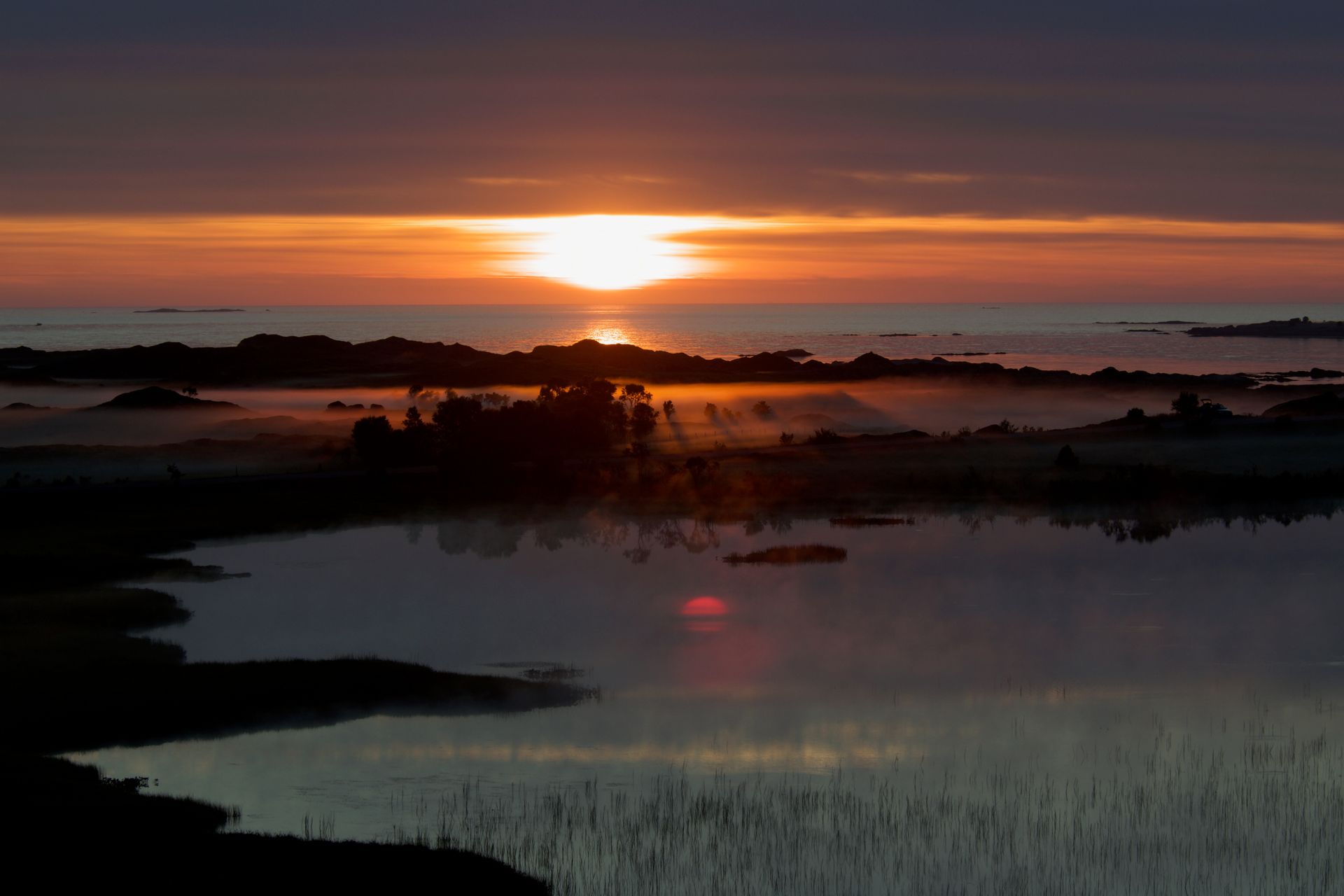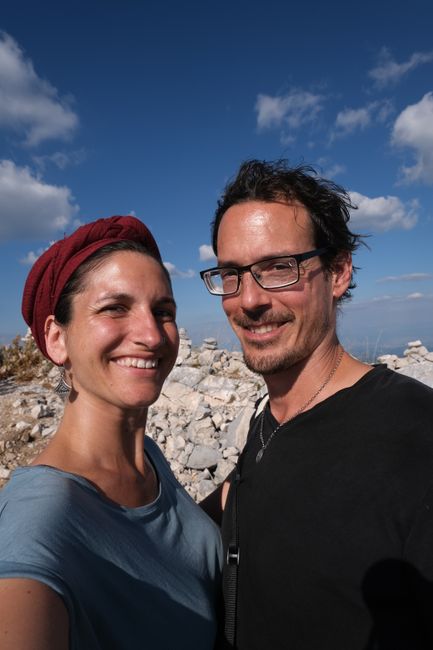Raiatea and Tahaa
Објављено: 21.06.2022
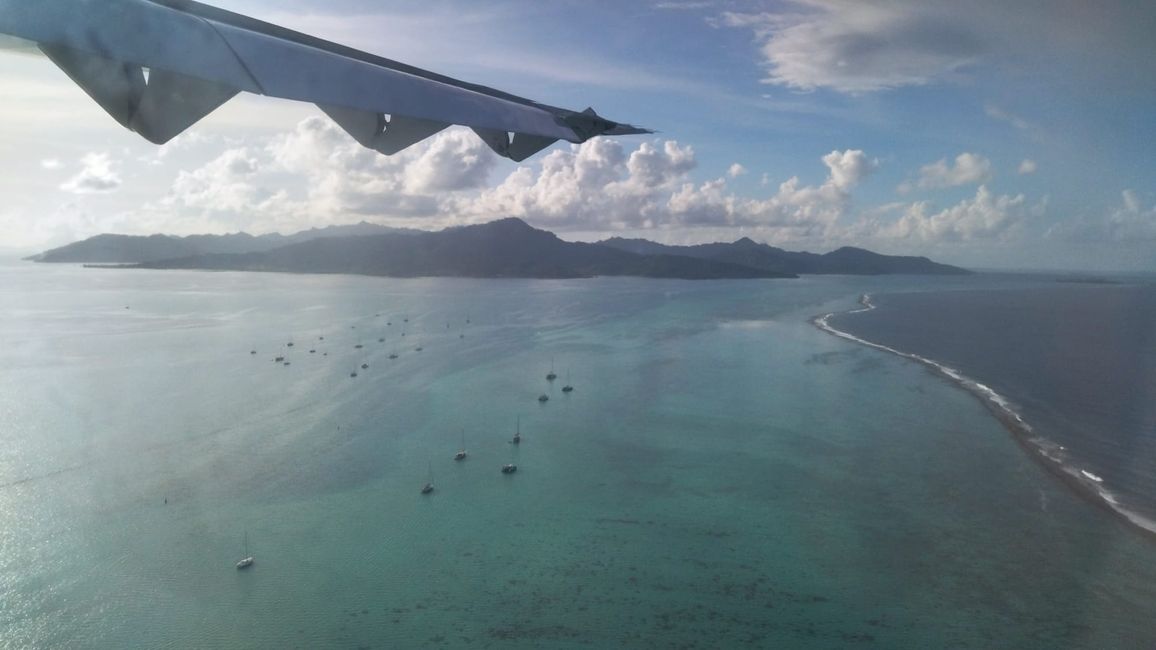
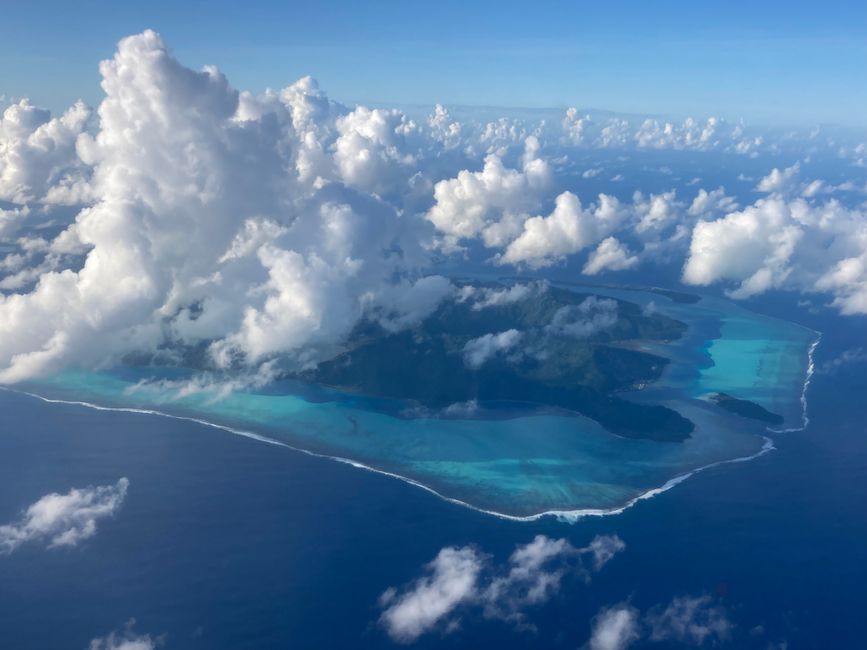
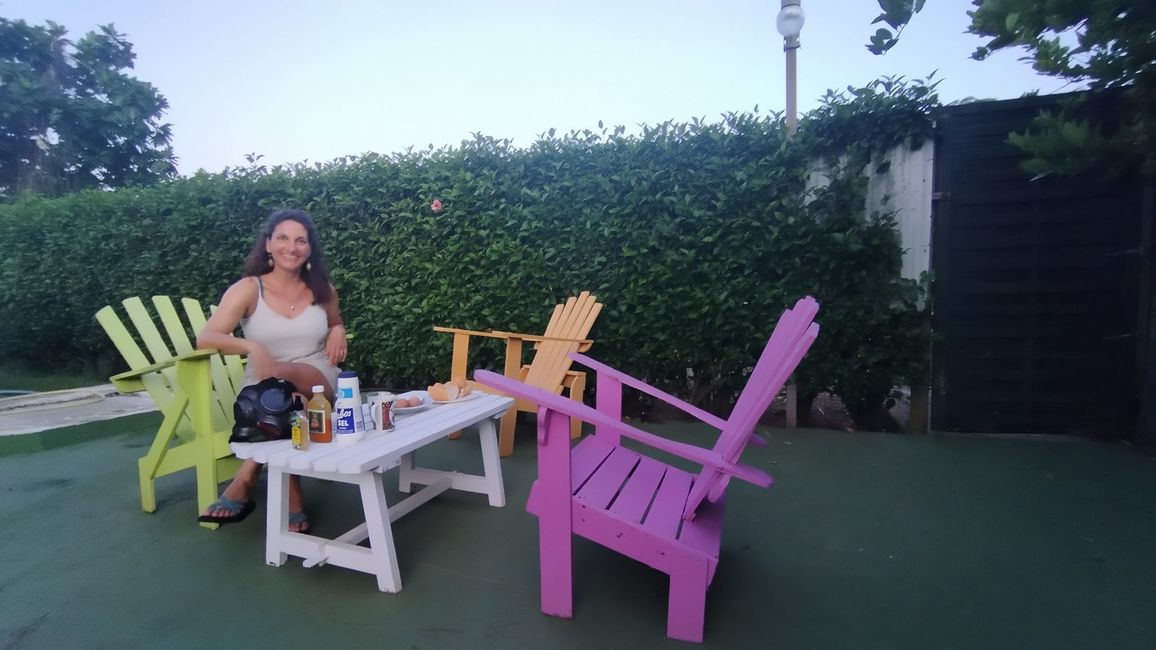
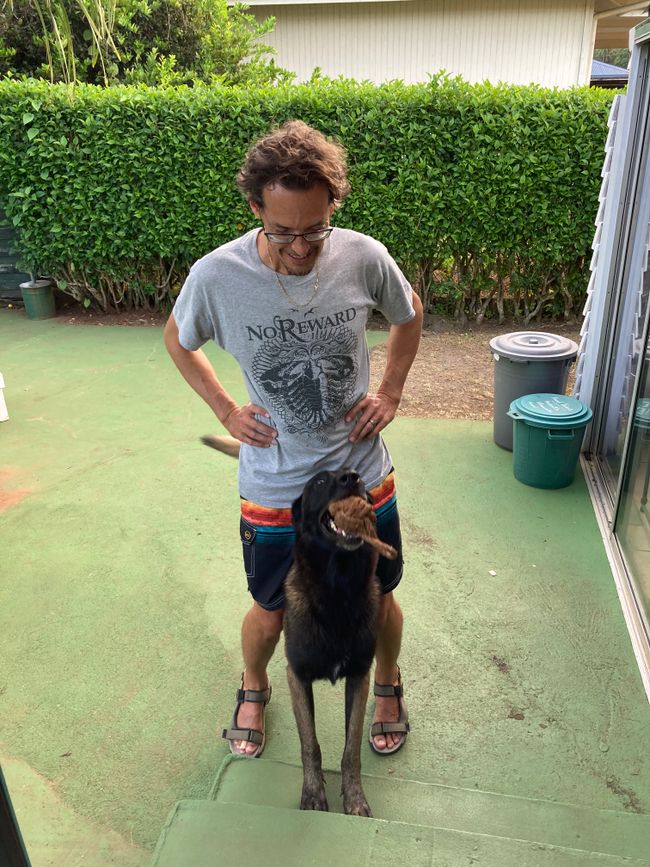
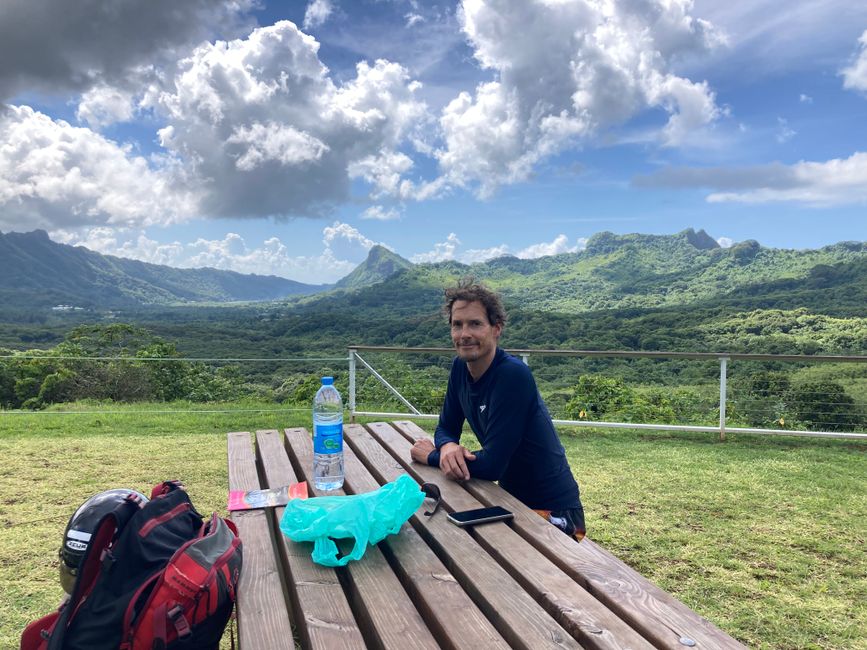
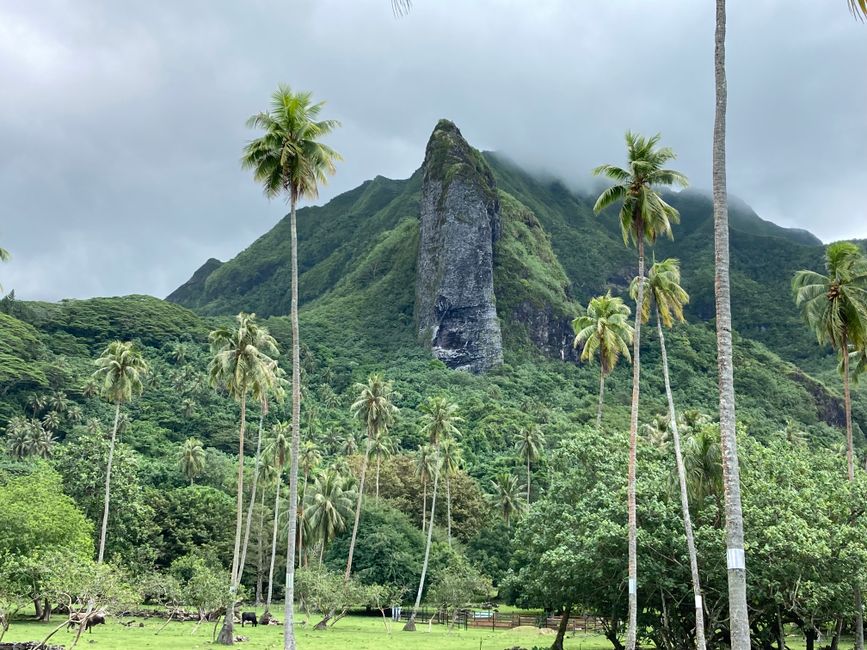
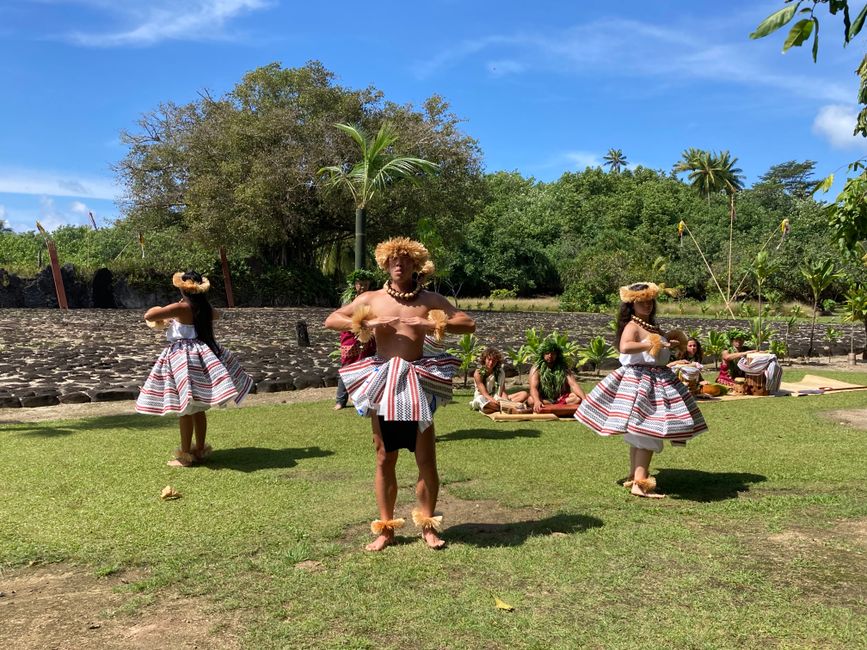
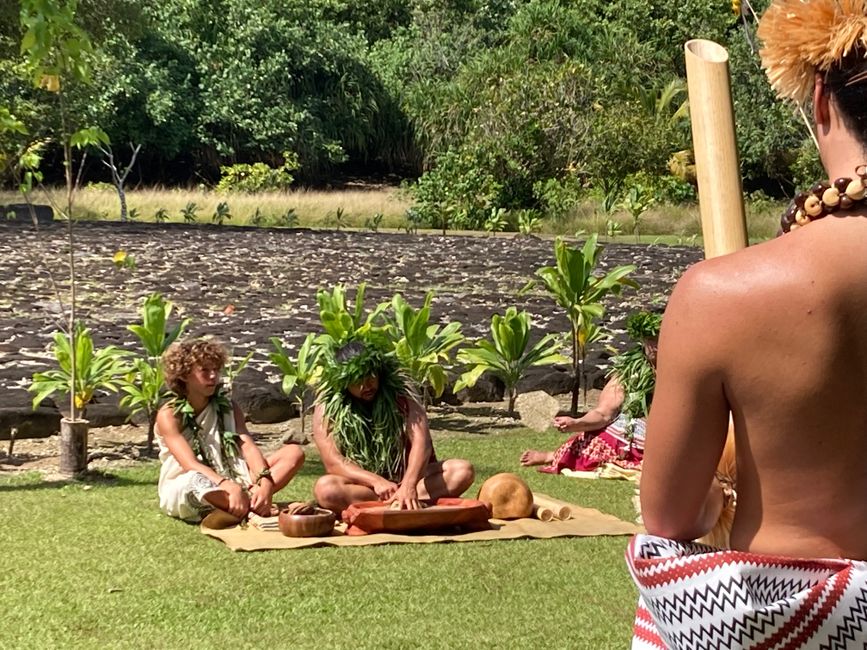
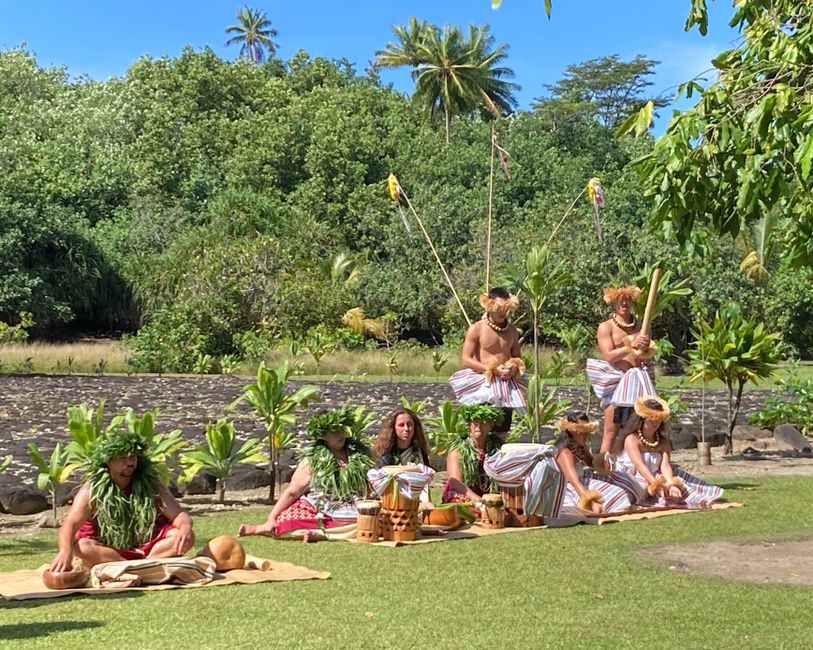
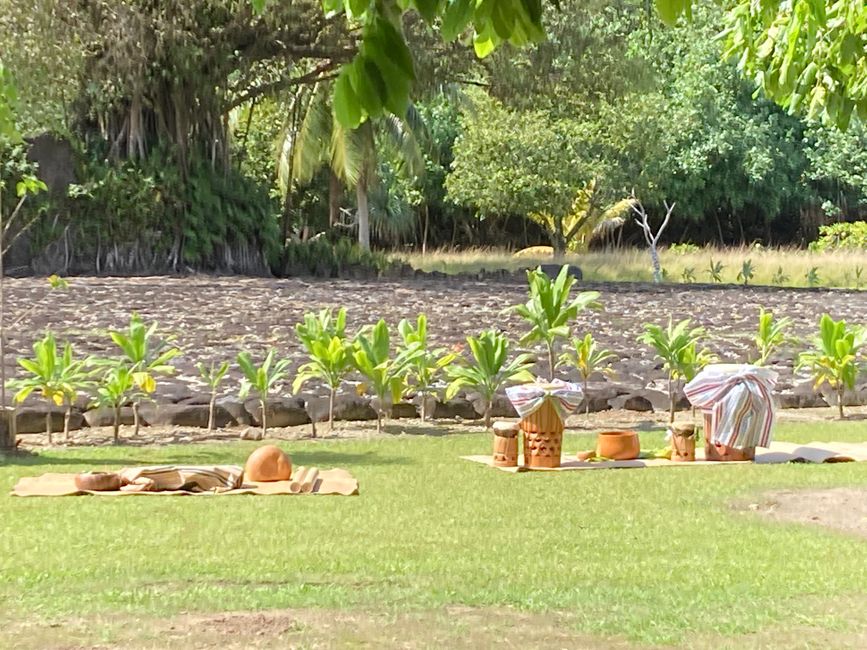
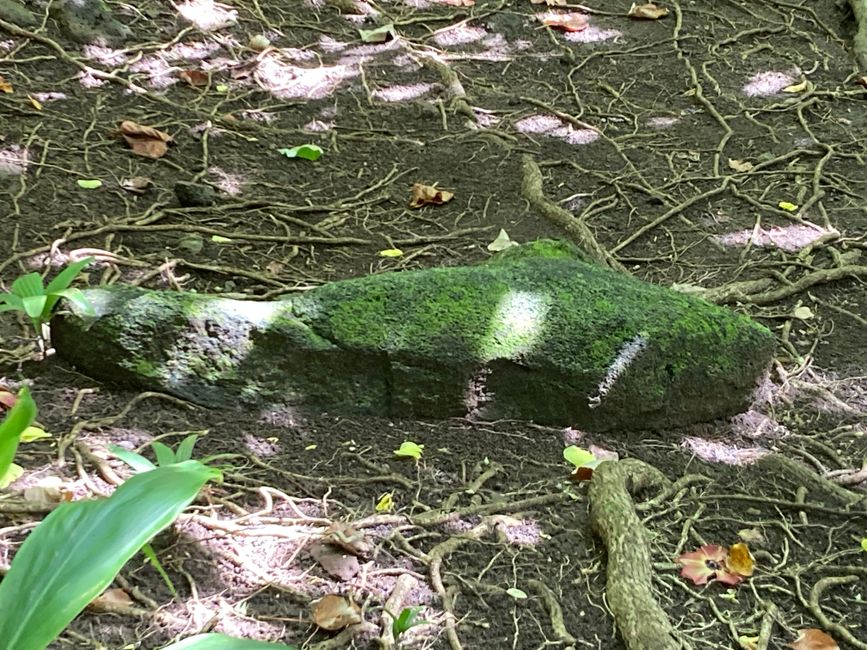
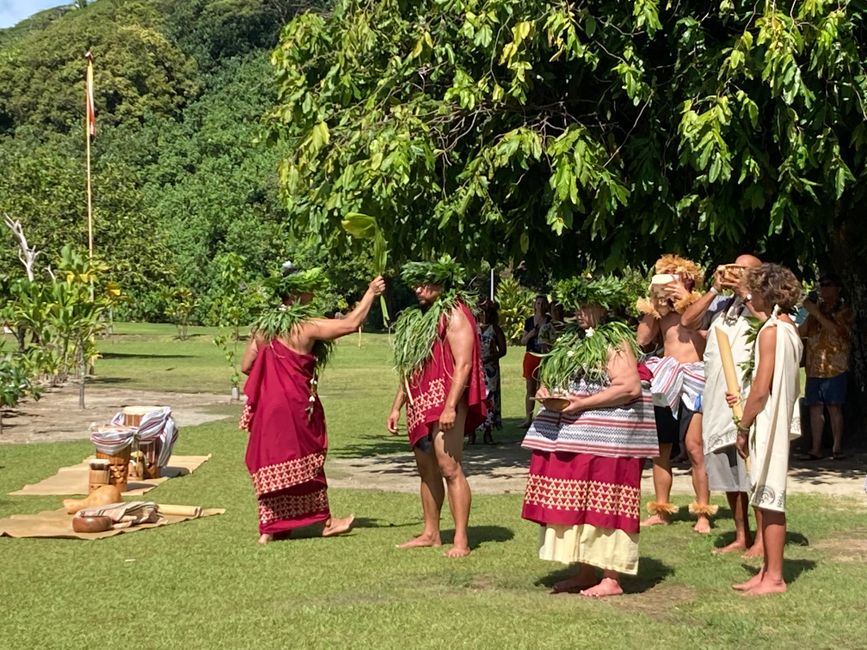
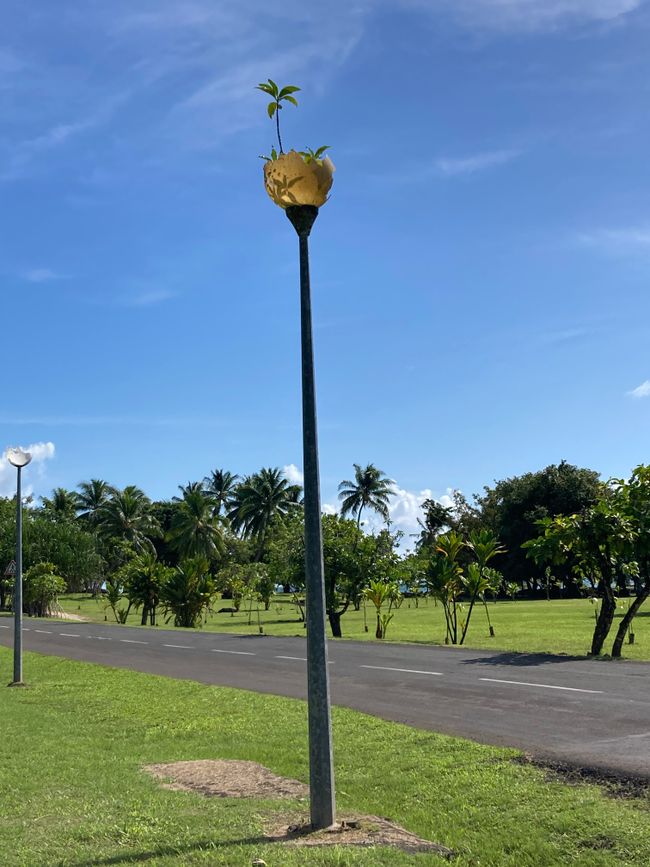
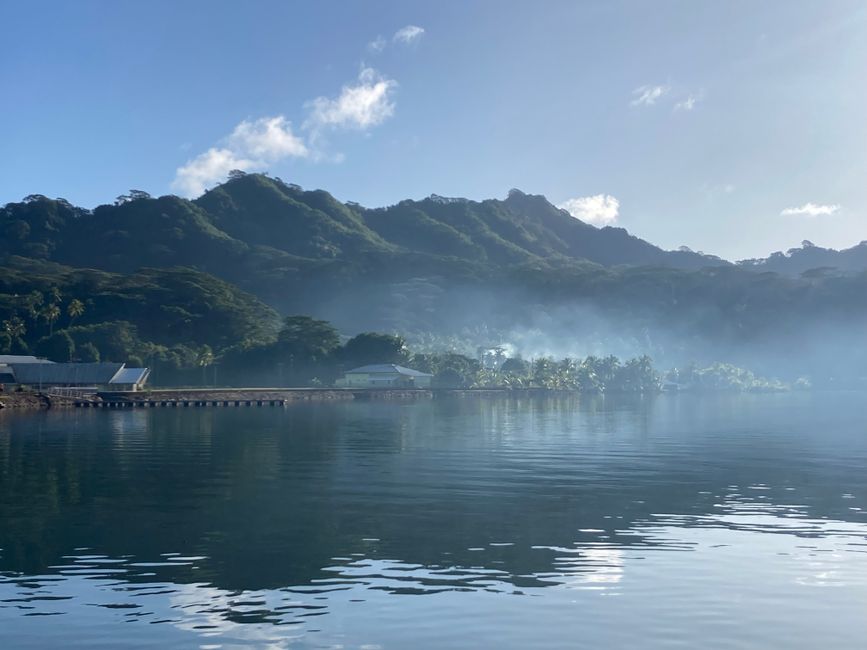
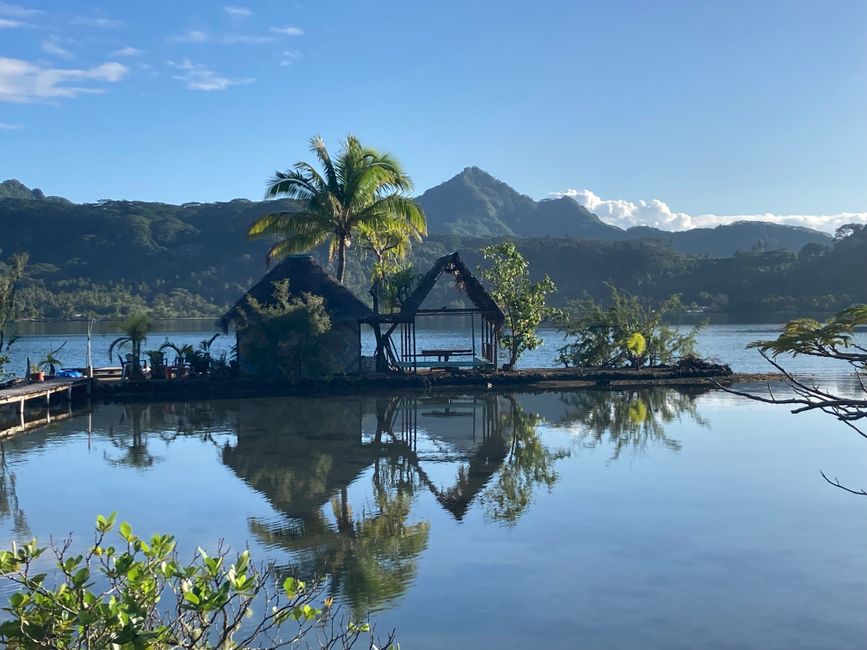
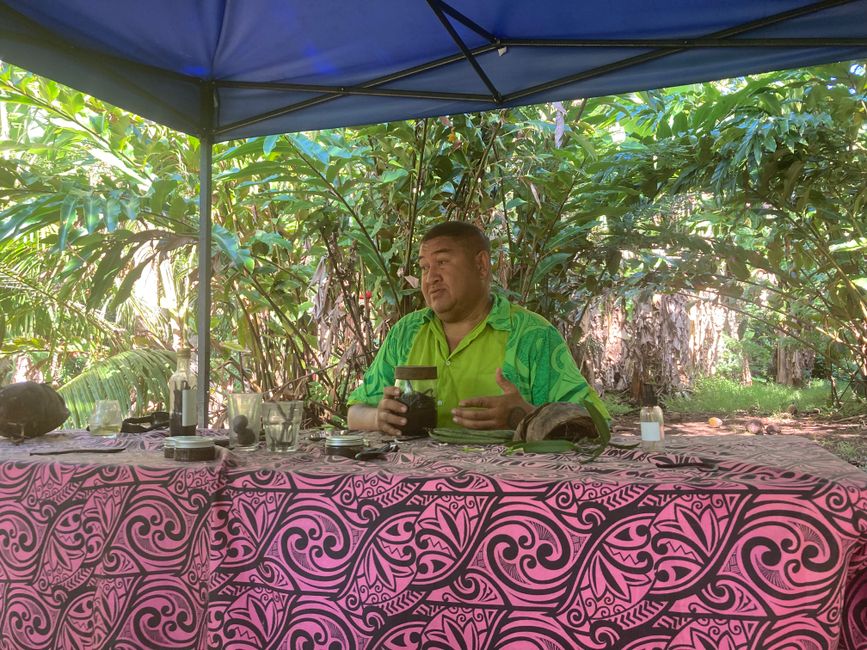
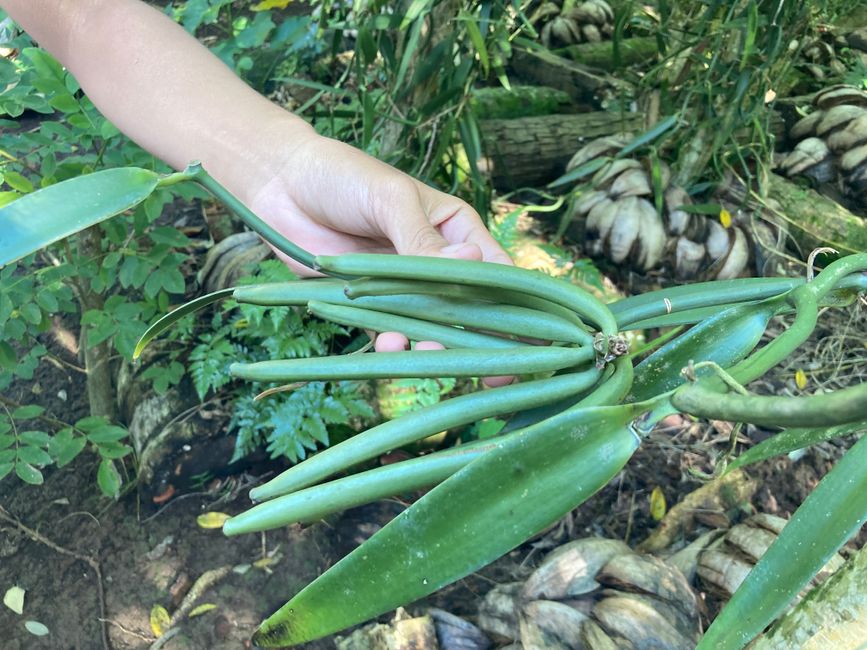
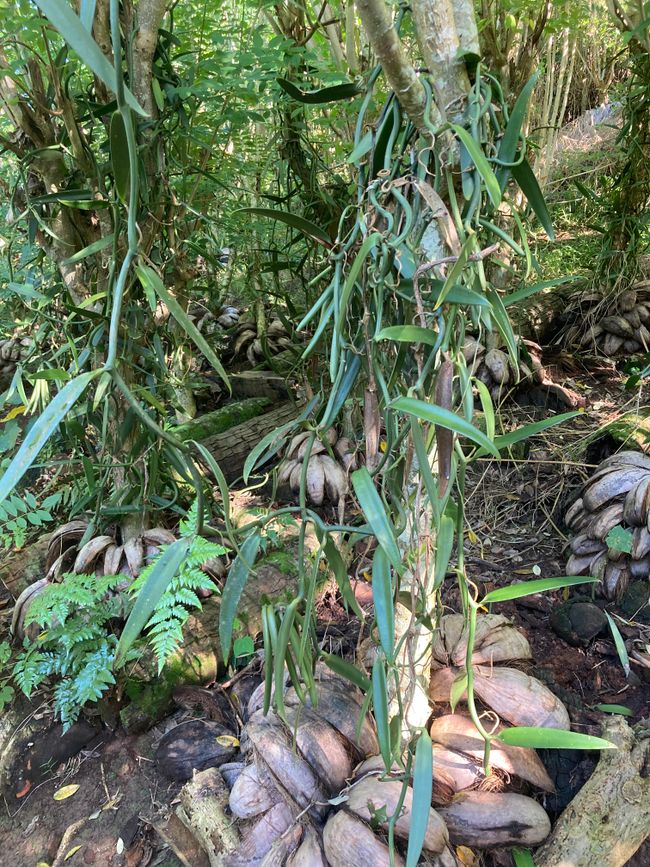
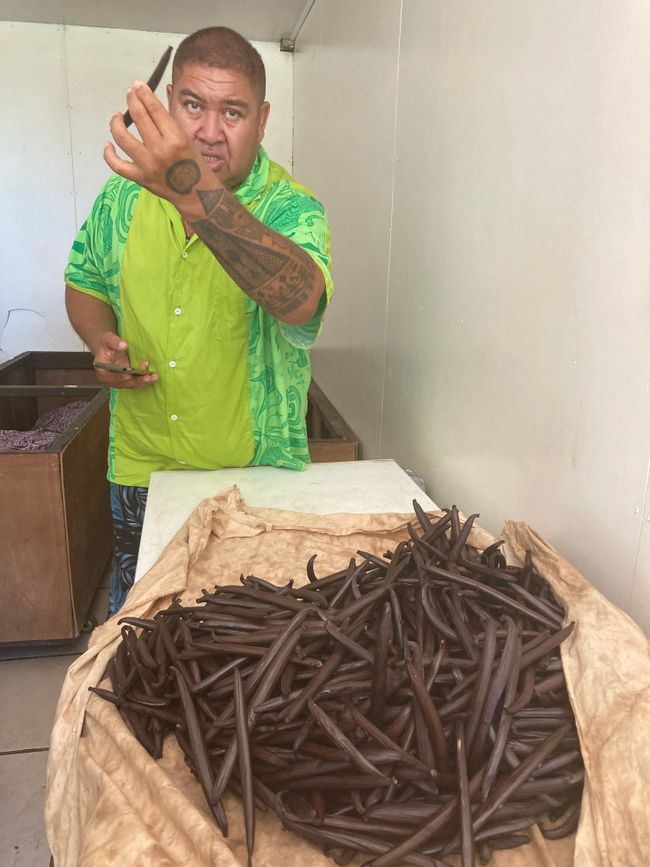
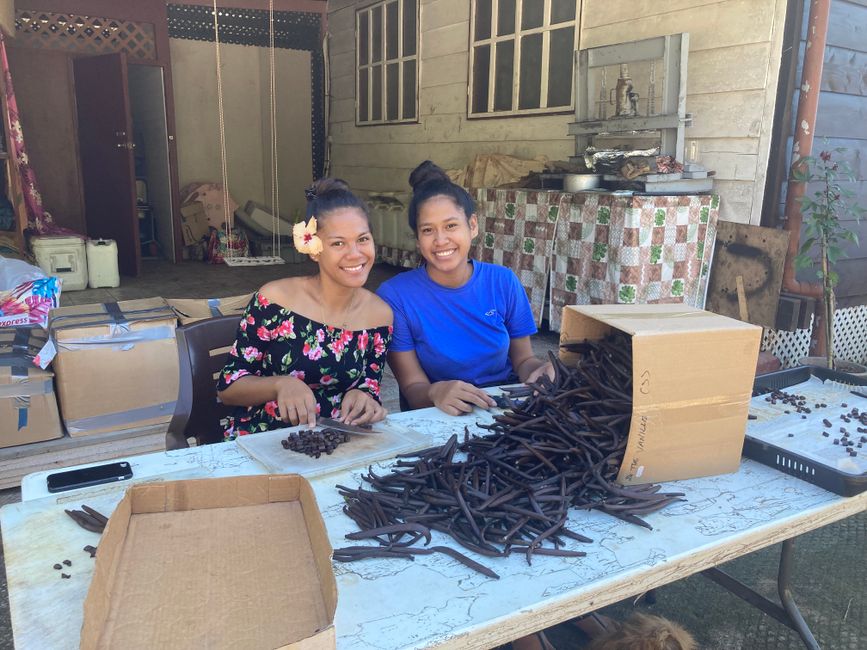
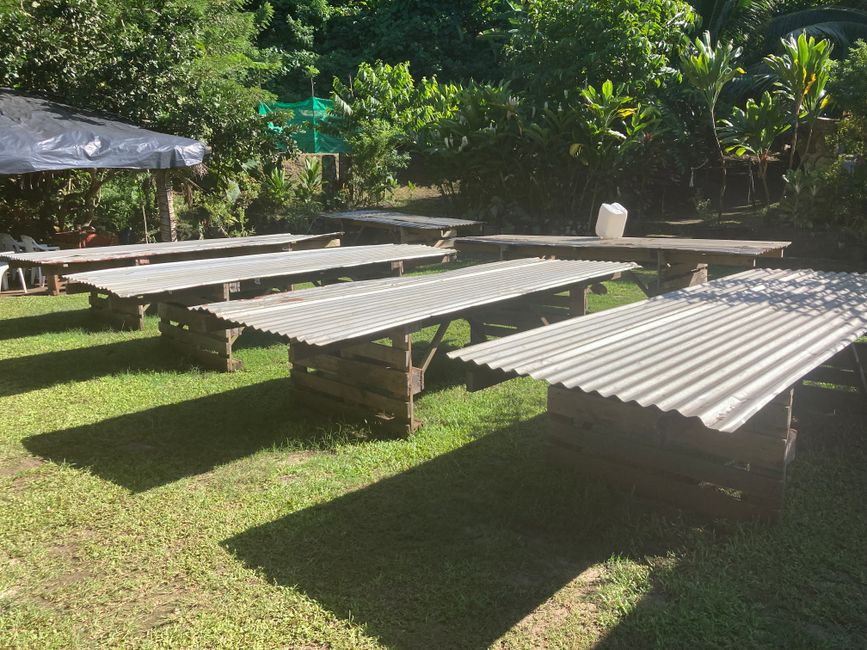
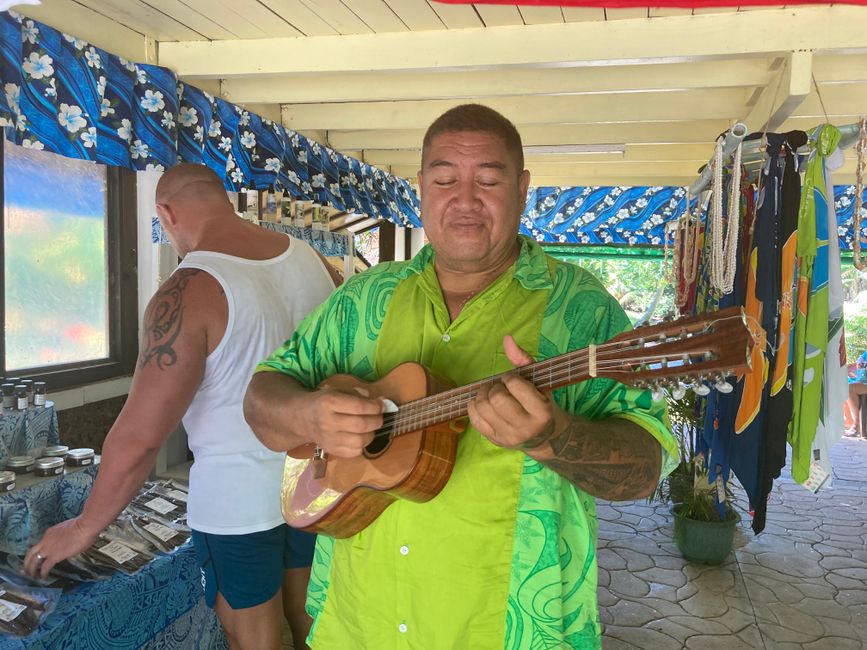
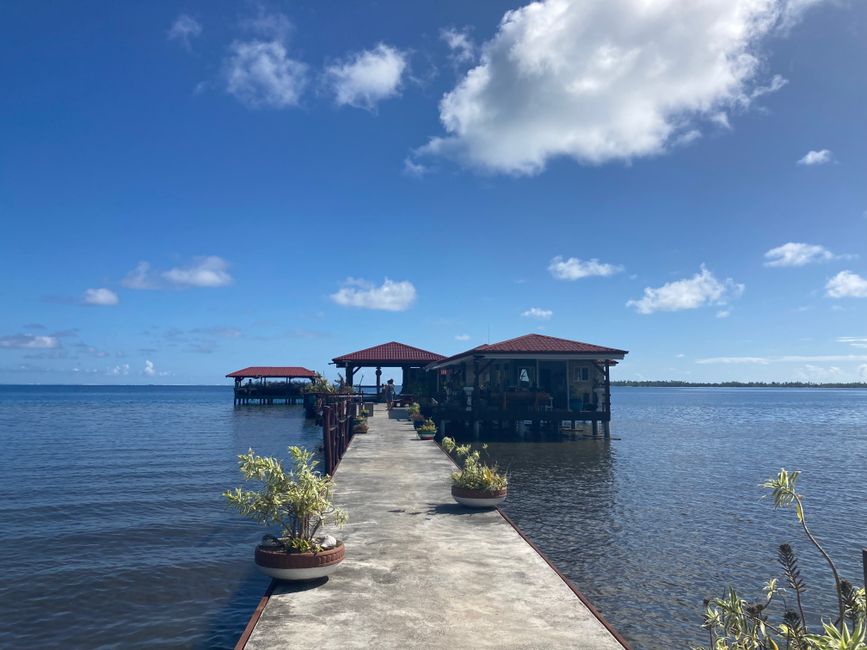
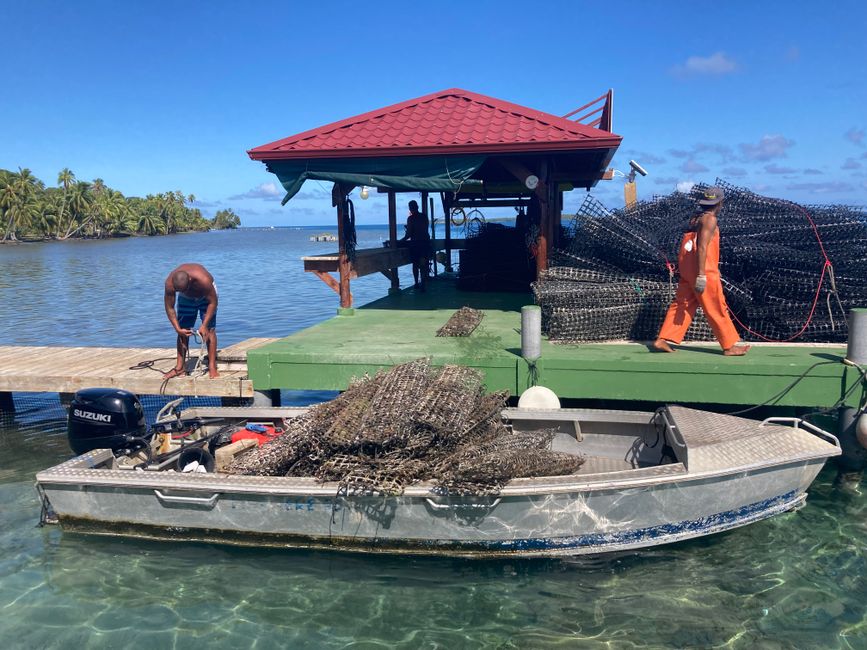
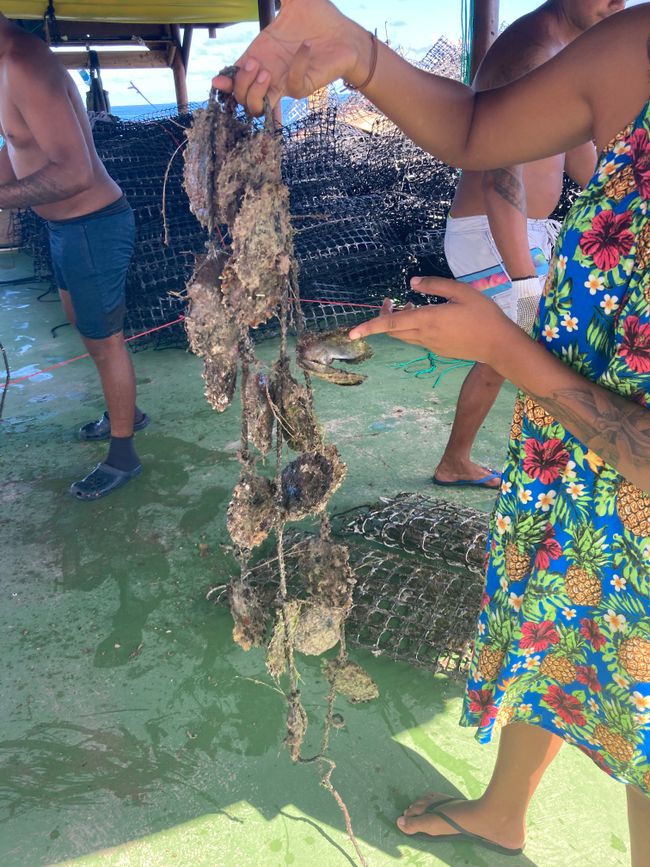
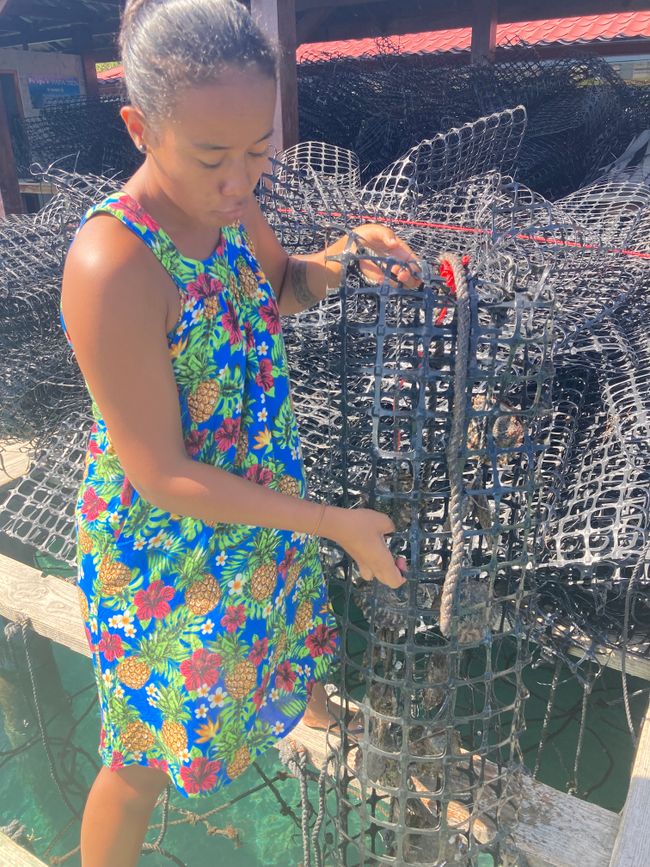
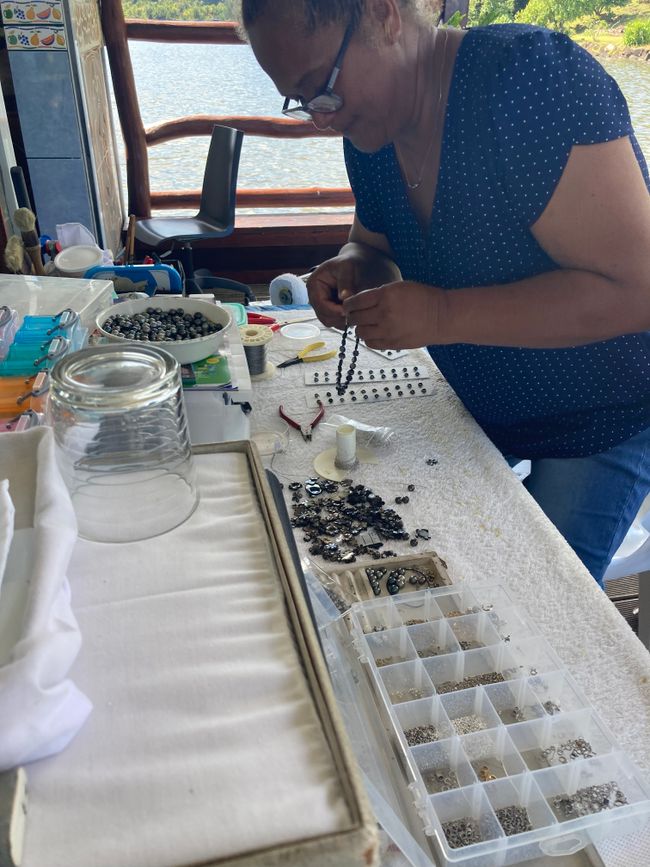
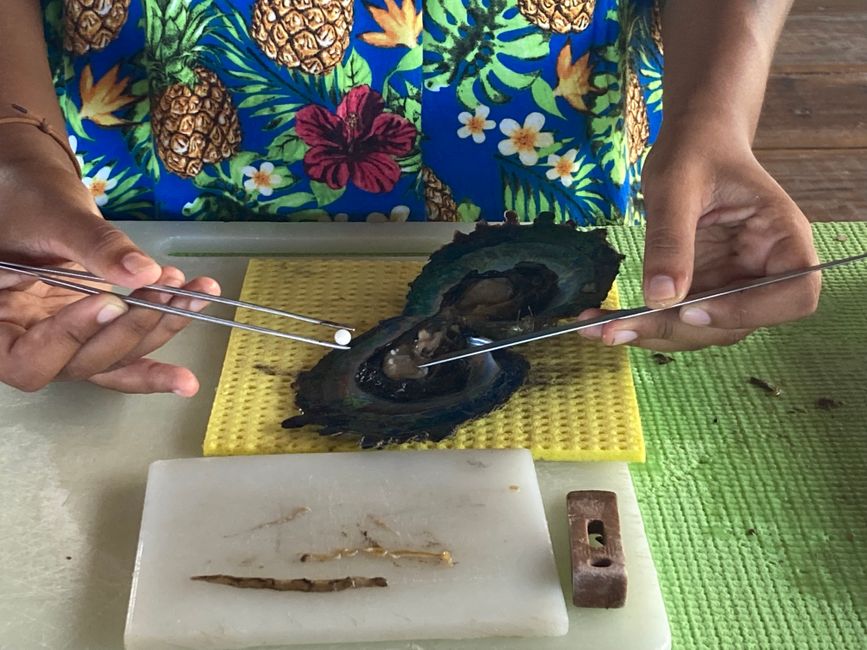
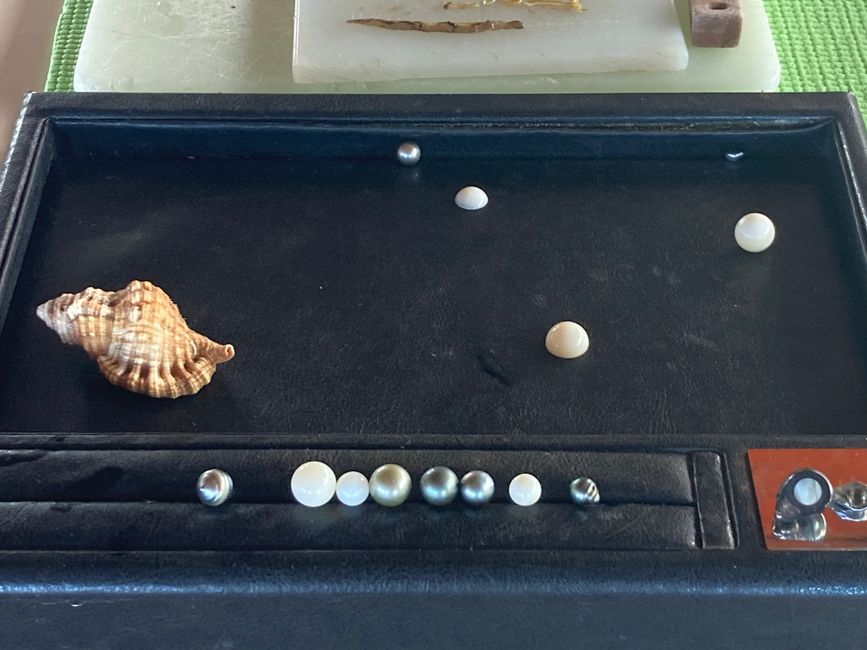
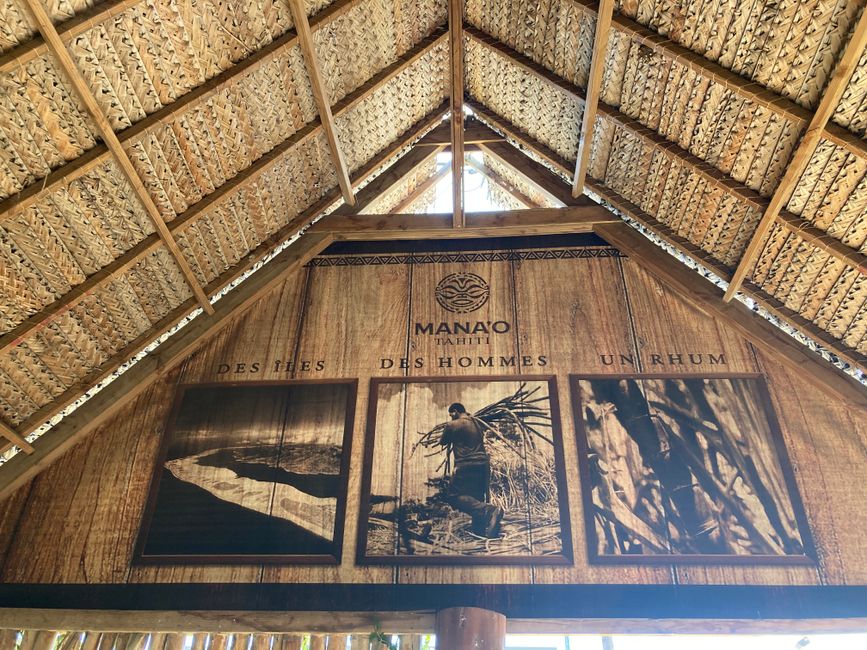
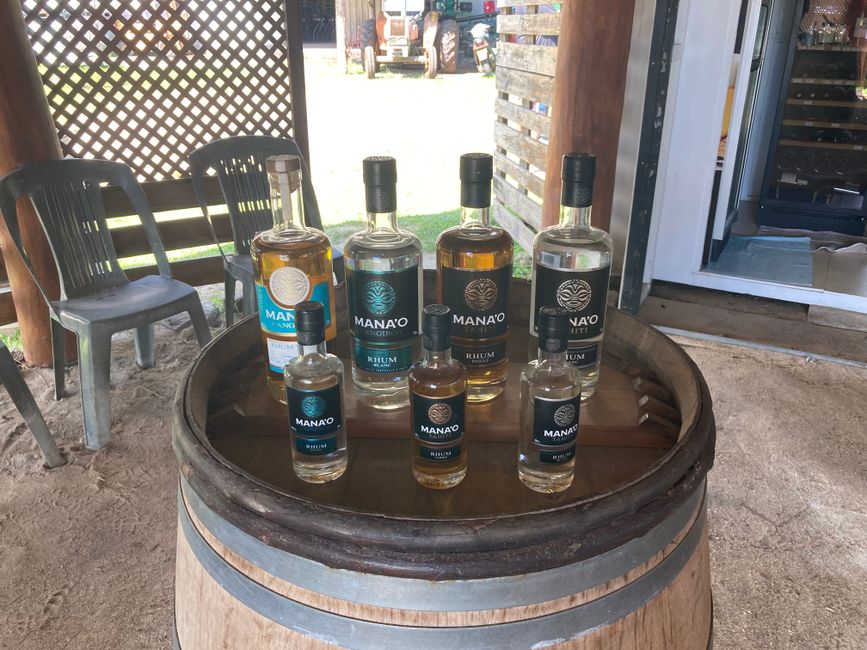
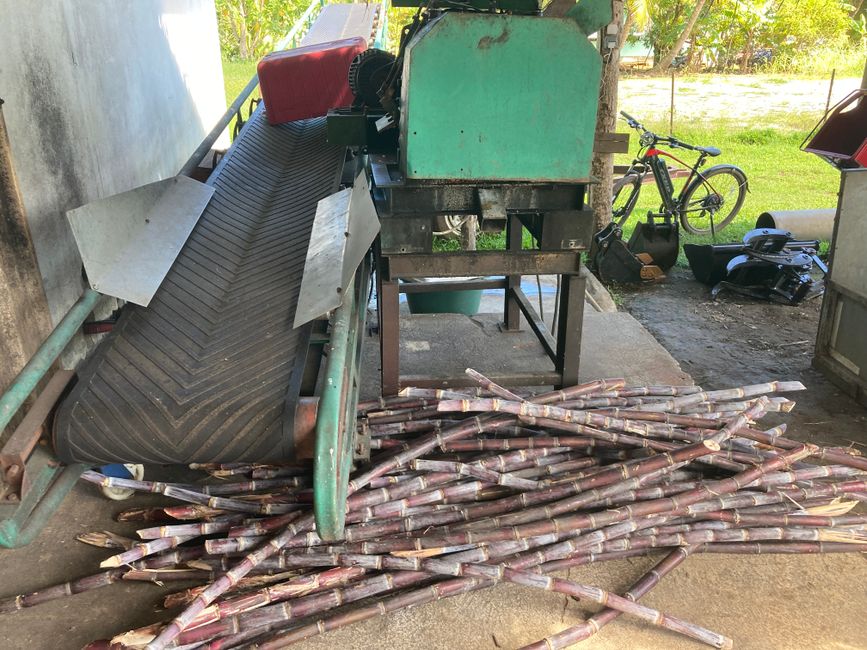
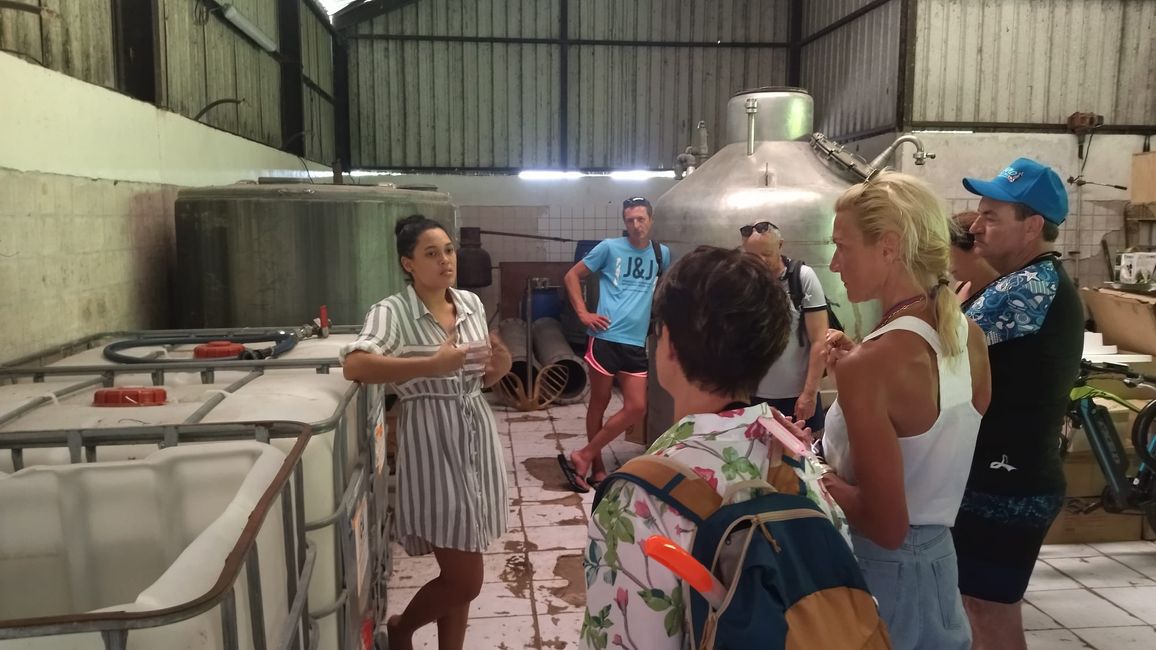
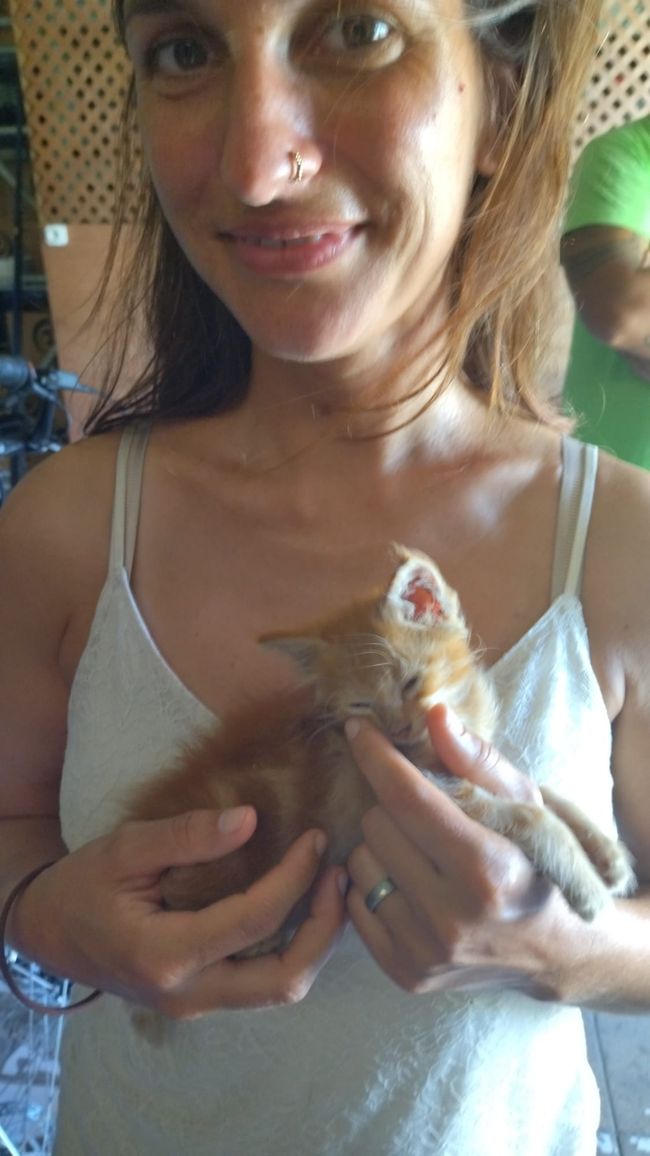
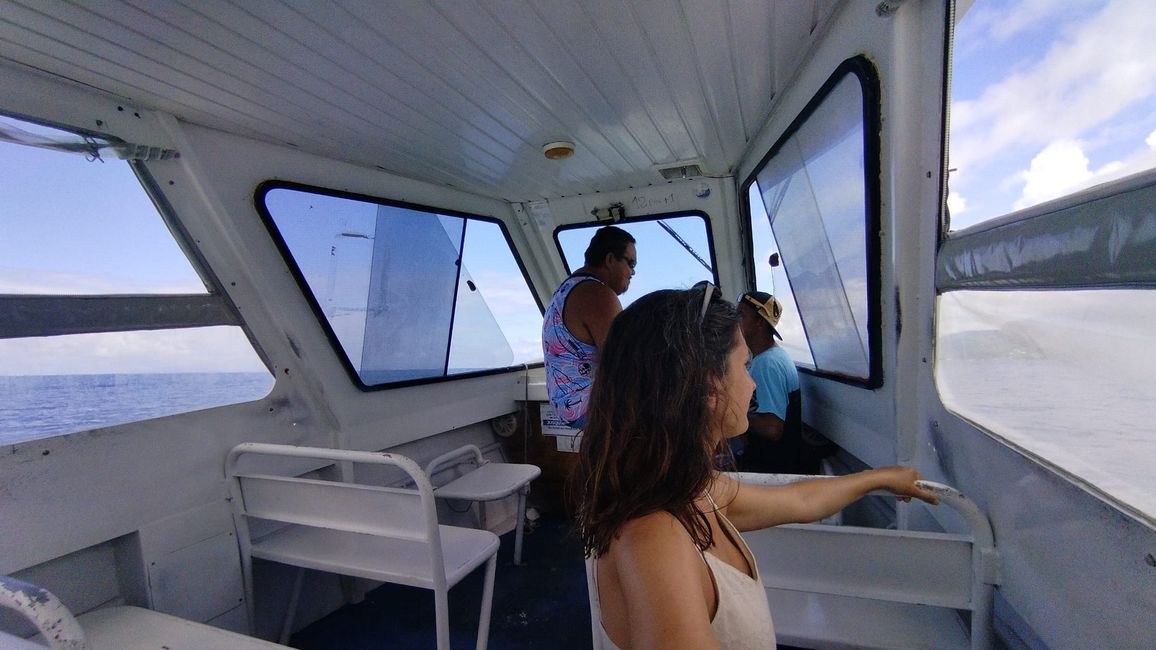
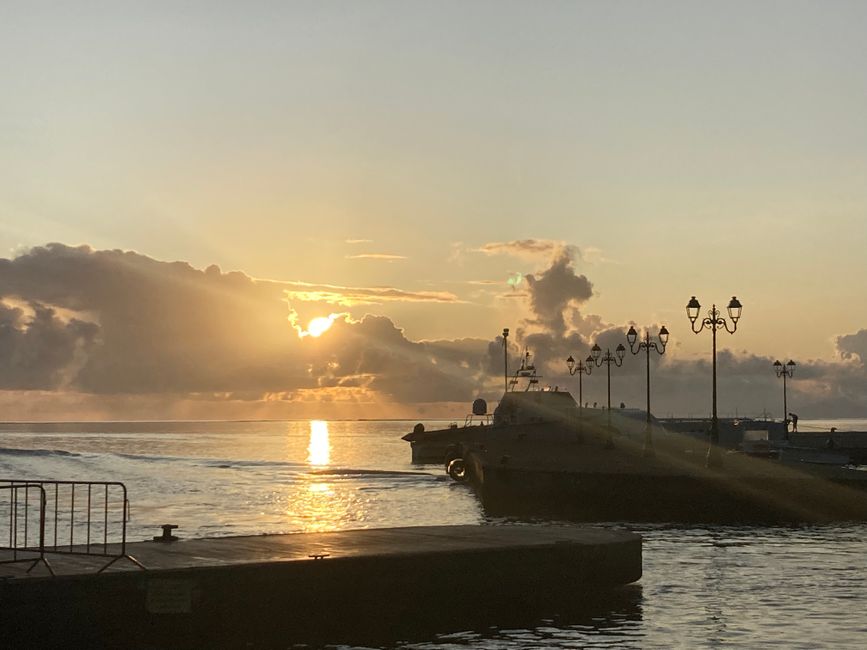
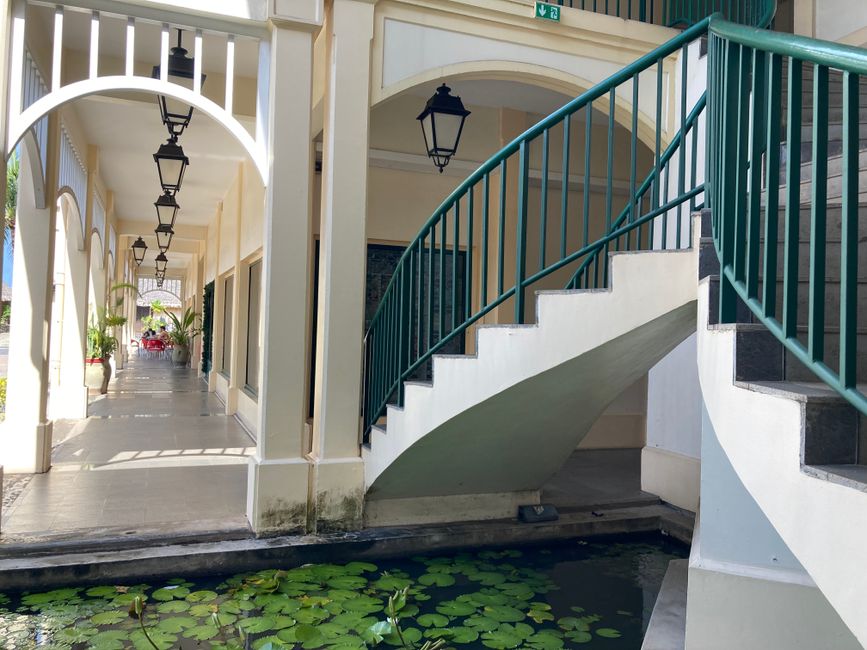
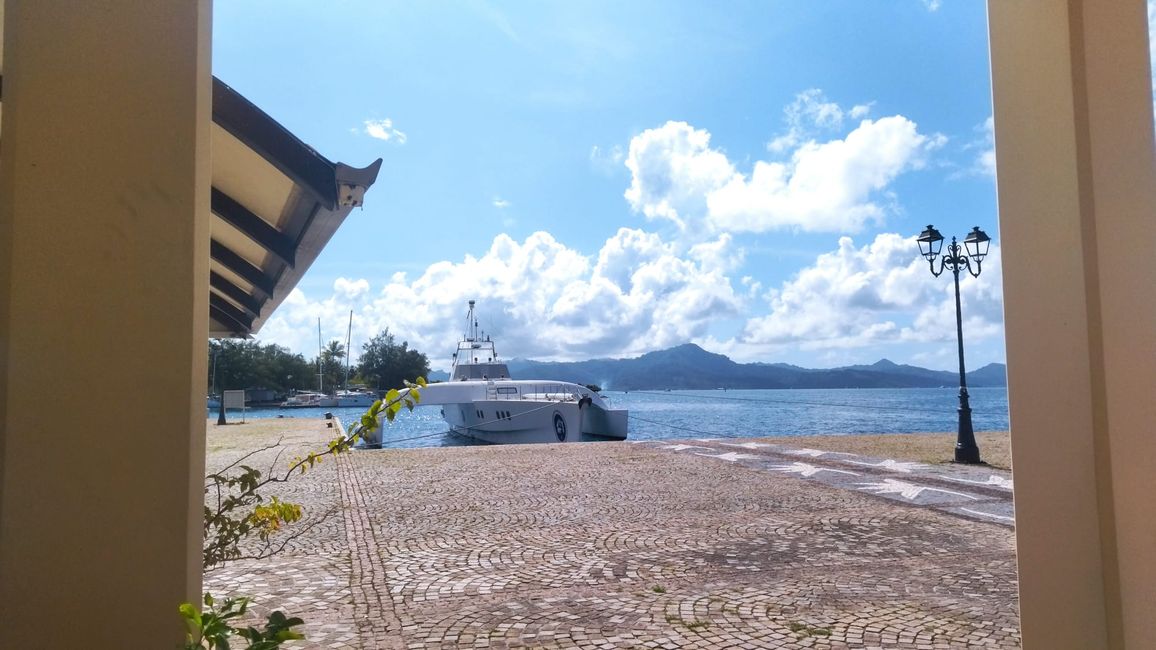
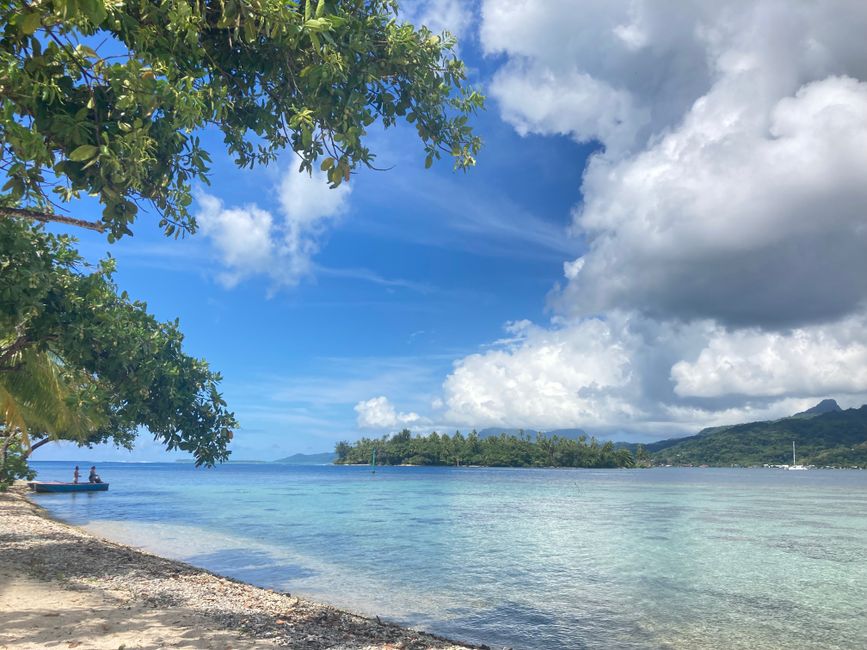
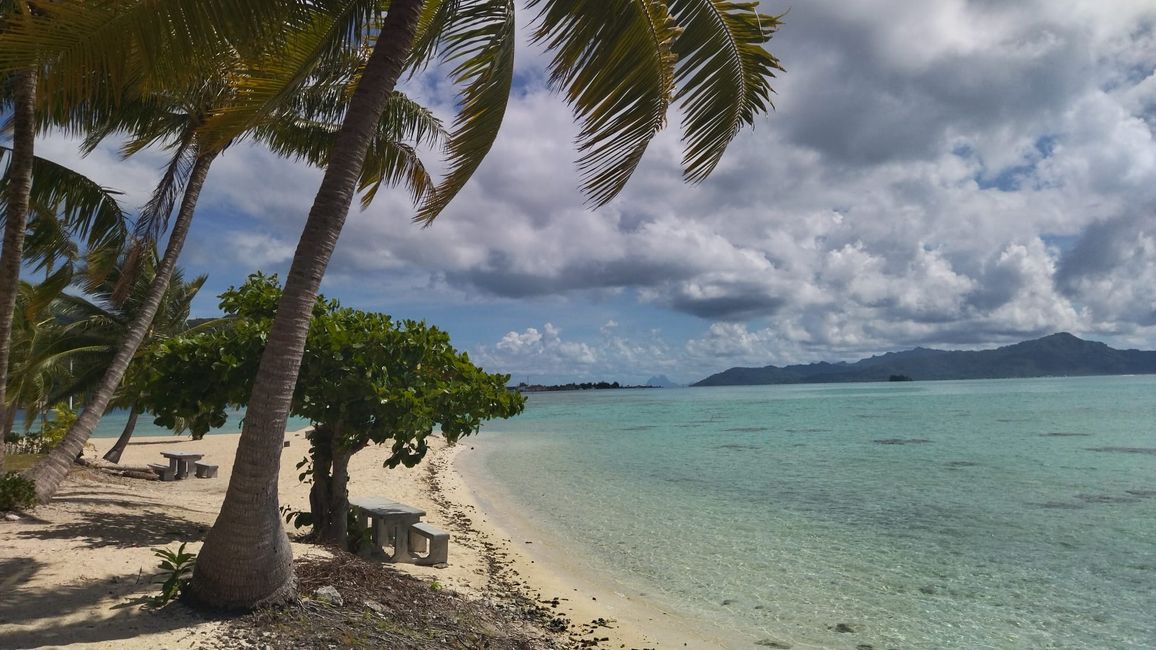
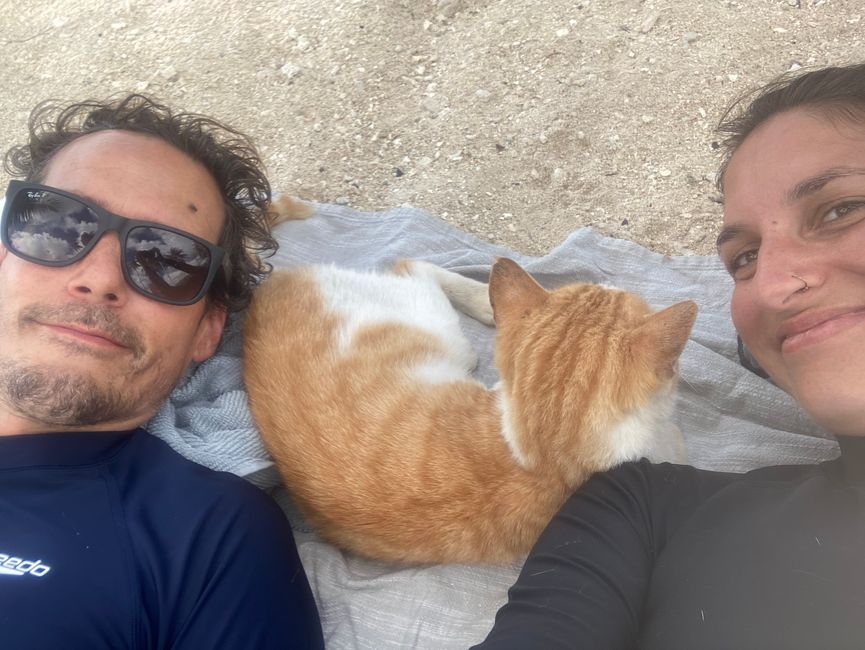
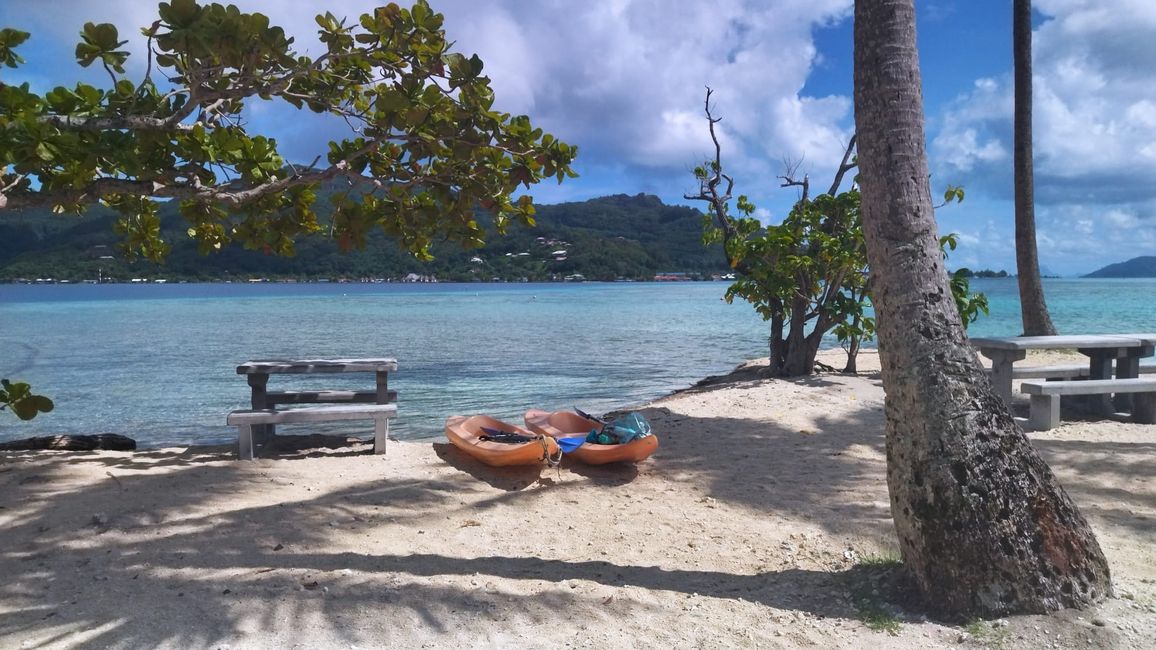
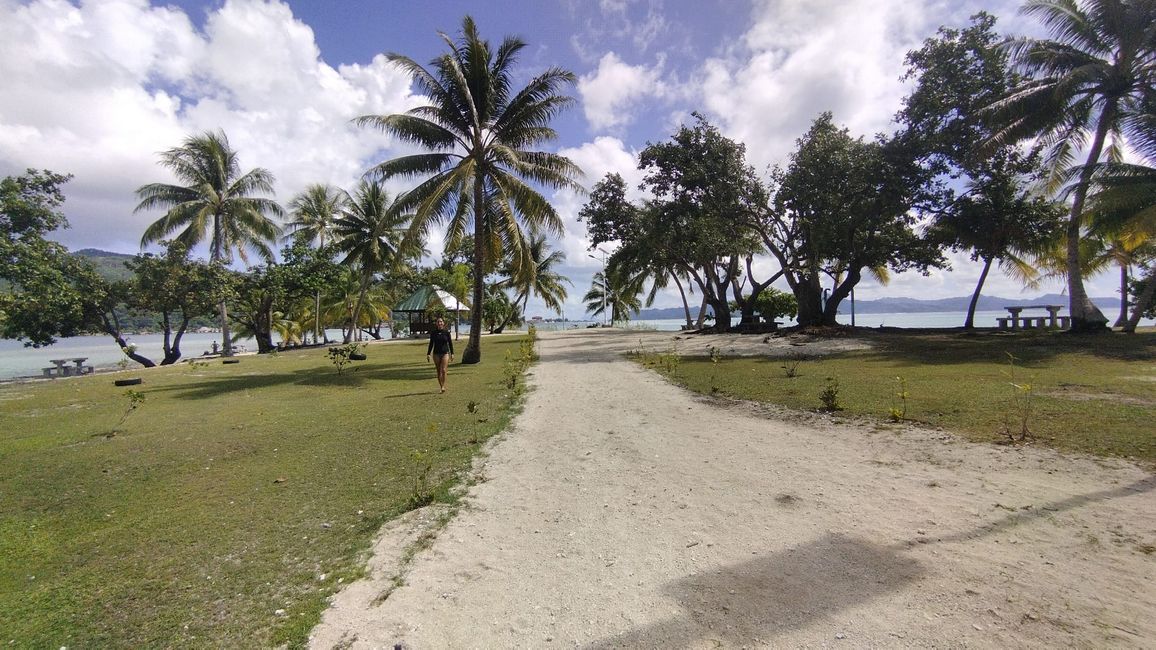
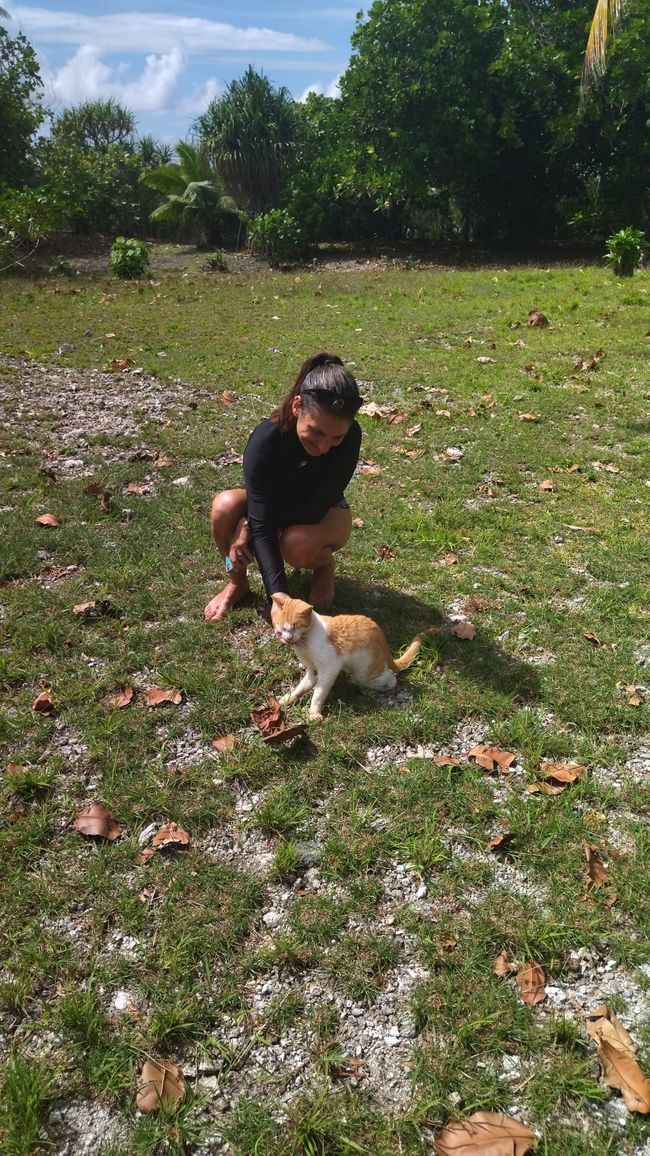
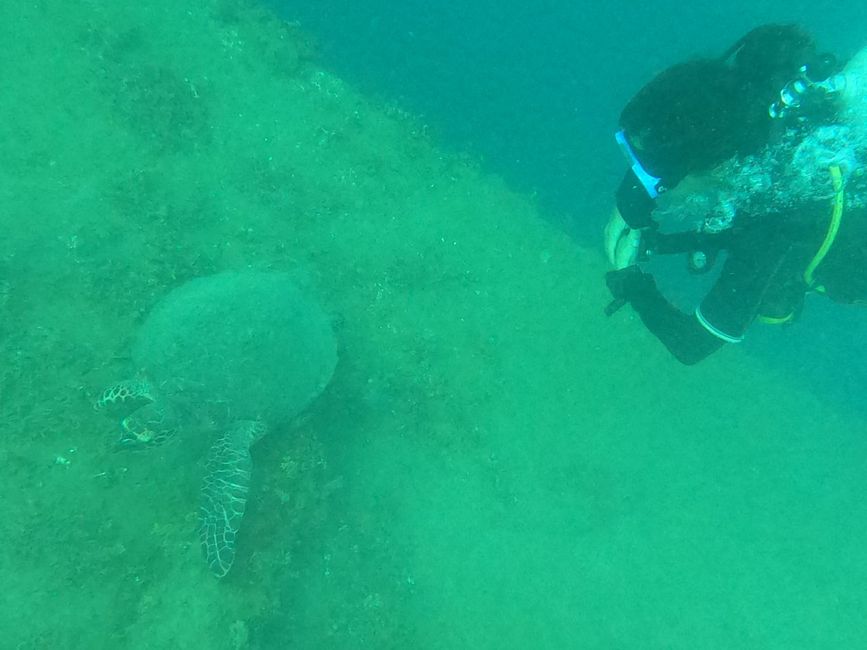
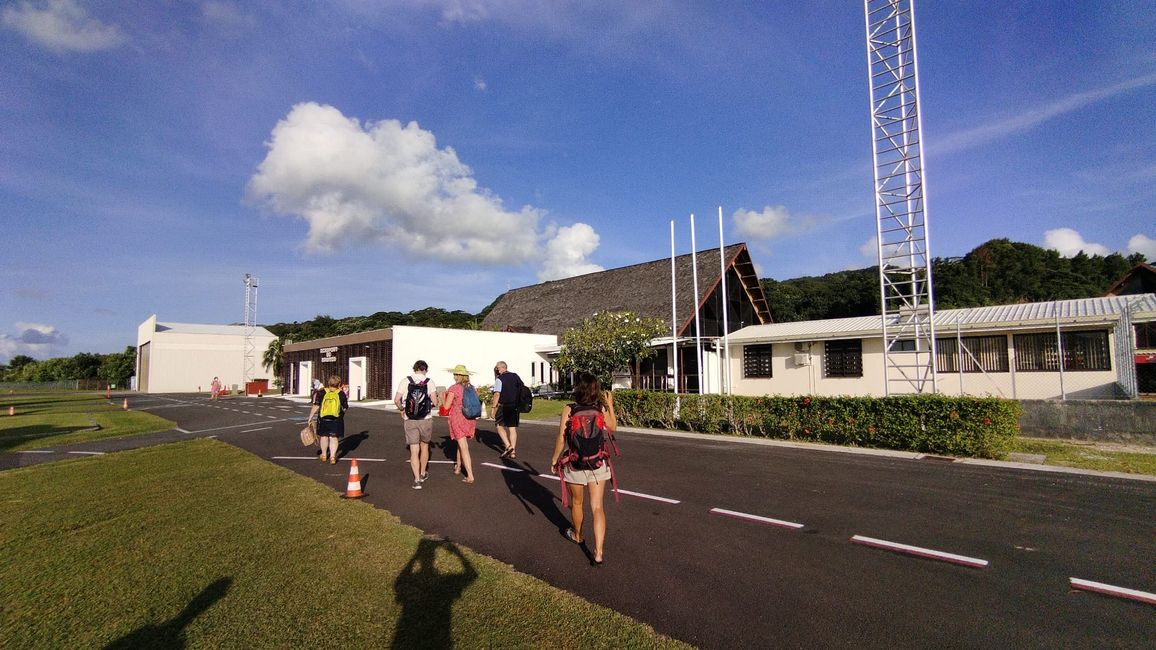
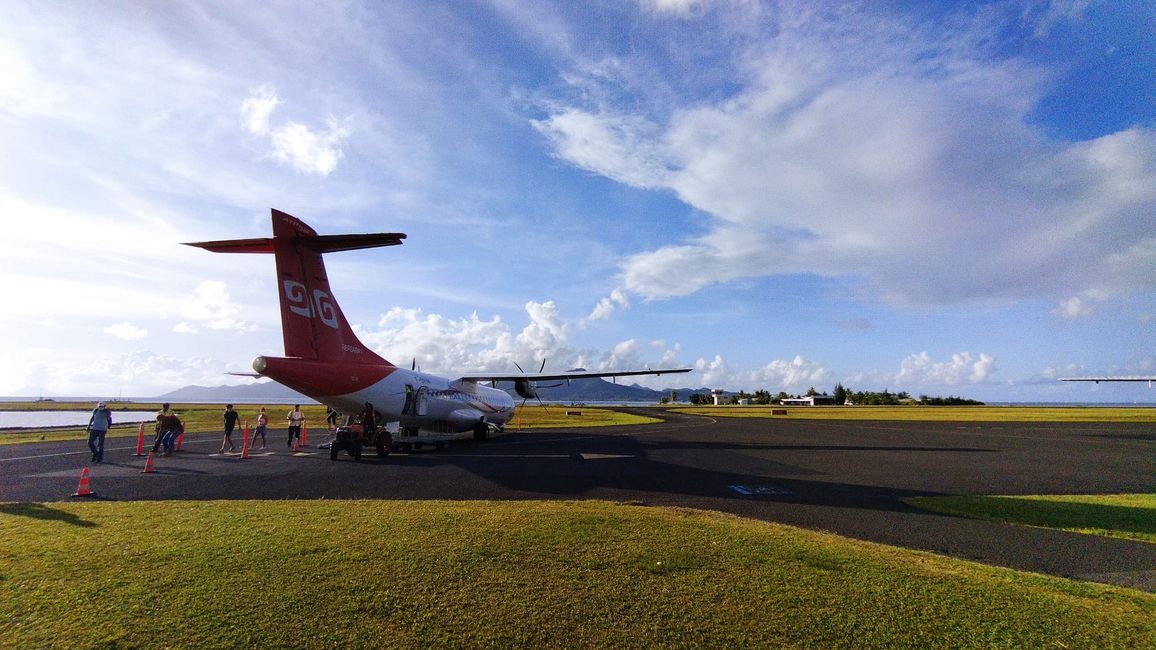
Пријавите се на билтен
3.5. We will be picked up by a taxi at 13:00 after cleaning the kitchen and the apartment a bit. We leave the key in the door as our hostess does not show up. There is a little surprise waiting for us at the airport, as the crew suddenly becomes very strict with the carry-on weight: we have to rearrange our luggage and end up with 3kg of excess baggage. But this is only because they have closed the luggage storage at the airport in Tahiti. So we have to pay extra. The flight takes about 45 minutes until we land in Raiatea. There, a taxi is also waiting for us to take us to our accommodation. Baptiste has two dogs (Malinois) and a two-room house for rent. The female dog is extremely shy and barks and growls at us as soon as we get too close. Orion, a huge male dog, is playful and not easy to get rid of. A small pool, kayaks, bicycles, and a kitchen are also part of our room, which looks small but nice. Right after that, we go shopping for the next 6 days. Baptiste organizes a scooter for us to go around the island tomorrow.
4.5. We will be picked up by the scooter rental company at 8:30 and taken to the rental office. From there, we start the island tour in the southwest direction. There is little traffic once you are out of Uturoa and it drives through a wonderful tropical landscape. Our destination is Marae Taputapuatea, the most sacred site in the entire South Pacific. It is a UNESCO World Heritage site and is located right by the sea with its four marae (stone platforms). It is said that from here, Hawaii, New Zealand, the Easter Islands, and some of the French Polynesian islands were inhabited. The ancestors of the Polynesians most likely came from Vietnam via Indonesia to Fiji, then Samoa and Tonga, and then here to Raiatea. Raiatea is one of the few islands that has rivers with enough drinking water. We are very lucky and can observe a Hawaiian delegation during their ceremony to honor the legacy of the explorers and seafarers. This gives us exclusive insight into Hawaiian culture and we get to witness songs, dances, and rituals, which is extremely touching and exciting! Afterwards, we continue south until we realize that the spare canister of gasoline we need to go around the island is empty. We should have filled it before leaving the capital, which we somehow misunderstood. So we have no choice but to return to Uturoa via an inland road, where we devour our sandwiches at a viewpoint and combine the return with souvenir shopping in the city.
Upstairs at the market, private individuals offer their handicrafts, mainly jewelry, for sale. Augustine adds a second ring to the one Amelia purchased. We also buy a vanilla bracelet that smells wonderful. The other stalls also have beautiful items on offer. Some of them are quite reasonably priced, and we buy more things. Driving past the airport takes us to the east side of the island where we look for a place to snorkel. Unfortunately, it doesn't work out so well, and the restaurant for a beer stop is not yet open. So we turn back and return the scooter. The day ends with beer and cooking.
5.5. We hitchhike to the port to take the ferry taxi to the neighboring island of Tahaa. Just like on Raiatea, the scooter rental picks us up and takes us to their station. We go around this island counterclockwise and visit a vanilla plantation first. The guide chats informally with us until the other two registered people arrive. The explanations about the cultivation of vanilla are very interesting! It takes 3 years until the plant blooms for the first time. Then you only have 4 hours to pollinate the flower. Each of the approximately 12 thousand flowers on their plantation blooms at slightly different times, so you have to be on the lookout.
Afterwards, the vanilla pod matures for nine months until it can be harvested. It is dried for only one hour a day on corrugated iron, which extends the drying time to 120 days. So you can sell the pod for the first time after 4 years of cultivation and care. After seven years, you have to plant a new vanilla vine because the plant no longer produces pods.
What an effort for this fine taste! In the future, we will think about vanilla differently. It is a huge luxury to use this pod. The locals only use vanilla for weddings, birthdays, National Day, and Christmas. Approximately 80% of the vanilla production in French Polynesia comes from Tahaa and is mainly exported to Denmark. In terms of production volume, the country is ranked ninth on the world ranking list, which makes Tahitian vanilla the most expensive vanilla in the world, along with the exclusively manual labor. Most of the time, Bourbon vanilla is grown. Of course, we buy some of it to soak vanilla in rum at home, which makes it last for 10 years. In addition, each pod can be used about seven times.
Our island tour continues! Next, we head to a pearl farm. Today, 1000 pearl oysters are being brought ashore to exchange the pearls inside them. The base of the pearl is a white Mississippi pearl from the USA. The oysters to enhance them come from Rangiroa, an atoll in this country. The pearl is implanted in the oyster to coat it. Then the slightly larger pearl, which now has a silvery-gray sheen, is removed and a new white one is inserted. This can be repeated 4 times until the pearl measures 16mm in circumference. After that, the shell is too small to produce larger pearls. The shells are cleaned, cared for, and "harvested" by free divers on plastic garlands with 20 pieces.
The most expensive pearl in the shop costs a whopping 12,000 euros because of its 18mm diameter.
We don't buy anything because even the smallest "pure" pearl costs around 100 euros...
After the obligatory sandwich, we refuel our scooter and then go to the rum distillery for a short tour and, of course, to try the rum. It's not really our thing, as we suspected beforehand. We can try a hibiscus beer, which doesn't really taste like the flower. Then we go snorkeling. Huge coral mountains promise great sightings, but there aren't as many fish as expected. Nevertheless, it's a welcome change before we return the scooter a little wet from the rain. As soon as we arrive at the port, a boat taxi is waiting and hopp, we're back in Raiatea. We do some shopping and decide to walk back to the guesthouse.
On the way, we buy "Firifiri" (pastries like doughnuts but with coconut milk - sinfully delicious) from a family. Since we don't have any small change, they let us pay for the Firifiri another time. How nice!
6.5. We take Baptiste's kayaks to the opposite motu. We have to paddle pretty hard, but it's worth it. The small island is set up for excursions: it has concrete picnic tables and also 2 larger buildings that could probably be rented. As a first thing, we walk the island from front to back to see where our snorkeling trip will be most worthwhile. On the way back, there's a meowing from a pile of small wood!? A few seconds later, a skinny, red-spotted cat appears. He is friendly, enjoys being petted, and immediately follows us to our landing spot. We find a spot in the shade of palm trees and make ourselves comfortable on the towel. In no time, the cat is in the middle - he has adopted us (not the other way around) and sleeps contentedly between us. We read for a long time, cuddle with the cat (we call him Mauruuru - which means "Thank you" in Polynesian), eventually eat our sandwiches that we brought, and then go snorkeling. We spend a lot of time in the water and see 2 eagle rays and watch an octopus hunt for a long time.
On the way back to the shore, I get a scratch from a coral - the water is so shallow that it's difficult to glide over the corals.
Our little cat has gone on an adventure with a fisherman, but comes back meowing immediately to say goodbye to us. It's hard for us to leave the little guy on the island...
Back at Baptiste's, he explains that it is customary to release a cat on the motus to control the rat population. For us, he is Mauruuru - King of the Motus!
7.5. Diving in Raiatea is great! We are picked up by the dive center and driven to the harbor. First, there are 4 of us divers who go for a dive in the bay where our accommodation is located. There is an old sailboat on the bottom that we will visit. The size of the ship surprises us and we can poke into the belly to take a short break in an air bubble in the bow of the ship. In the end, we also encounter a turtle that is resting on the hull. After that, we go back to pick up more people to go back to the bay again. This time, a bit further outside into a lagoon pass. There's quite a lot going on in terms of fish! We see sharks, a tuna, a manta ray, hundreds of yellowmouth triggerfish, and a school of about 300... Very exciting! Back in the harbor, we have lunch at a nearby restaurant. The portions are huge and the fish is fresh and well-prepared. Before we get back on the boat to go for the third dive, we see an octopus next to the dive boat that changes color repeatedly. The last dive of the day is a bit disappointing. Although we see a manta ray shortly before the end, the visibility is very poor and there are no more fish schools.
After a long wait, we are finally driven back to our house where we end the evening! Good memories!
Пријавите се на билтен
Одговор
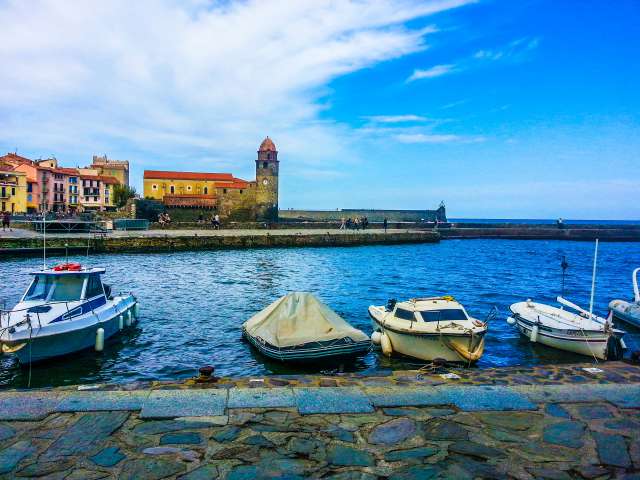
Извештаји о путовањима Француска
